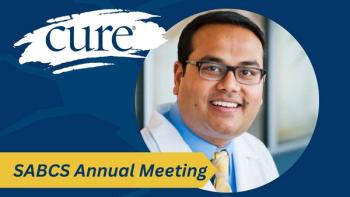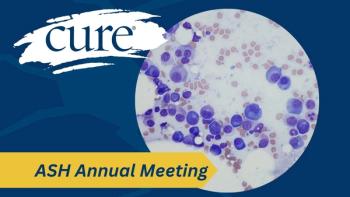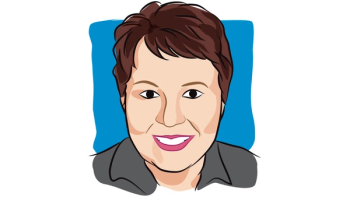
No Second Thoughts About My Daughter’s Cancer Treatment Choices
It’s easy to question treatment choices patients with cancer make, but my job as the mother of a patient was to be supportive.
Being the mother of an adult with cancer brings on some particular challenges. In my mothering world, my baby will always be my baby and the need to shelter and protect was huge even though my child had been on her own for a third of her life when she was diagnosed with breast cancer at 27.
I knew from the outset that it would be difficult to follow her lead if she chose not to do everything she could to kill the monster within her even if it meant she would suffer in the short term.
Because, you know…I just wanted her to live.
I see a lot of discussions about treatment options that are less aggressive than the plan my daughter’s oncology team put before her. There are stories of just one or two of the traditional three pillars — radiation, surgery and chemotherapy — being utilized to treat patients with cancer, with the one most wanted to bypass, if possible, being the last one in that list.
The only member of the team treating my daughter who went down the less aggressive road was her surgeon who offered her a lumpectomy instead of a mastectomy, probably because the location of the tumor gave him the confidence that he could get all of it using the less drastic operation.
Yet despite all that she went through over the months of treatments, regardless of the long-term side effects she experiences and will for the rest of her life, and in the face of all the memories we share about the darkness coming over her as the chemo spread through her body, I wouldn’t change a thing.
Because, you know…she’s still here.
It seems to be easy to be on the outside looking in and question the health choices others make. It can even seem supportive to suggest a change in diet, taking a supplement or two or using focused thinking to will the cancer away.
But no matter how much one might wish that picking up a bottle of something or other at the natural foods store and meditating on a scenic mountainside would make it possible for people with cancer to not slog through life-altering treatments, it
To understand the choices that patients with cancer make, think back to the before times when there were no treatments and cancer was usually a literal death sentence. When a tumor in a woman’s breast would often eventually burst through the skin if it hadn’t metastasized and wreaked havoc on her other organs. Think of the first woman who, when her doctor suggested removing the breast as a choice, leapt at it because she knew what the alternative was. Or the first patient being told that radiation, which the world was aware had caused the death of a renowned scientist, was the best treatment option to give them more life and they went for it.
My daughter and I were both as aware as the majority of the public about what chemo and radiation could do to her body, even though the truth is only known to those who have been through it. But like those first cancer patients who chose what they thought would give them the best shot at seeing another birthday, my girl didn’t hesitate to sign her consent for every single medical intervention that was offered.
As a result of her choices, I did not have to figure out a way to respectfully nudge her towards what I thought was best. My role was simply to hold her hand and rub her head and fill up
My girl never second-guessed the treatment plan. She believed that the experts would not make the recommendations they did unless their experience had shown them that doing less had not yielded results. I acknowledge that a big piece of the pie was not only that the treatment was a match for her cancer, but that she was lucky. I sometimes wonder if perhaps there wasn’t also some placebo effect at work in the faith she had in the strategy that helped her body out. We will never know. But you know what?
We can sit across from each other and ponder that possibility, so you won’t see any Monday morning quarterbacking here.
For more news on cancer updates, research and education, don’t forget to





